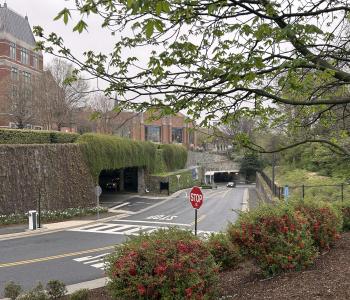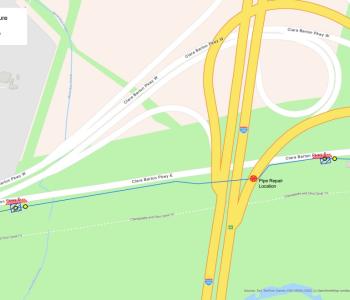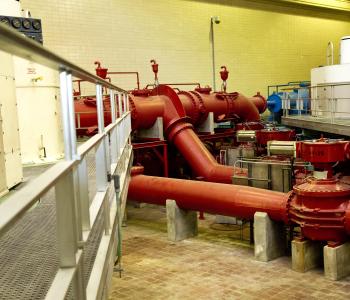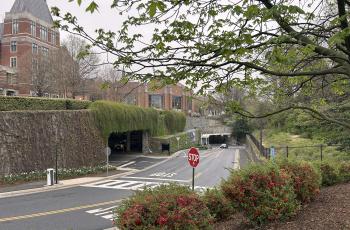LEAD LEVELS DECREASE DRAMATICALLY IN RETEST OF TWO HOMES WITH HIGHEST LEVELS
Two District homes that showed high lead levels in samples of their water taken last fall immediately after partial service line replacement showed readings less than half of the U.S. Environmental Protection Agency’s (EPA) action level of 15 parts per billion (ppb) in water sample tests conducted last week. The home on Monroe Street, NW, which provided a reading of 24,000 ppb last November, tested at 6.7 ppb after a 10-minute flush. The other home, on Evarts Street, NE, which had a reading of 48,000 ppb in November, tested at 5.5 ppb last week after a 10-minute flush.
In November, the tests were done approximately 24 hours after the DC Water and Sewer Authority (WASA) replaced lead pipes leading to the homes. These were partial lead line replacements and the pipes were cut at the point where they met the owners’ property because the owners opted not to replace the lead pipe that extended onto their property.
"Based on these test results, we are confident that last fall’s test results were likely caused by extremely short-term disruptions of the pipe after WASA replaced part of the lead service line to the homes," said Michael Marcotte, WASA deputy general manager and chief engineer.
The Monroe Street, NW, home was retested in December 2003 and the "first draw," samples collected by the customer from faucets as soon as they were turned on after nonuse for six or more hours, had a reading of 39 ppb. The "second draw" reading, samples collected after a noticeable change in the temperature of the cold water faucet, was 110 ppb. The Evarts Street home was not tested in December.
WASA replaced approximately 500 lead pipes last year. Tests have shown that cutting the lead pipes, which occurs when homeowners do not replace the portion of the pipe on their property at the time WASA is replacing lead pipes, may result in significant short-term increases in lead concentrations. WASA has discontinued cutting pipes until more research is conducted on this issue.
Residents with lead service lines should draw cold water for drinking or cooking after a high water use activity in the home such as bathing or washing clothes so that a total of at least 10 minutes of flushing has occurred. The kitchen tap should then be flushed for 60 seconds before collecting water for drinking and cooking.







